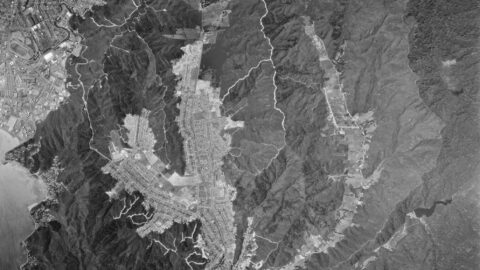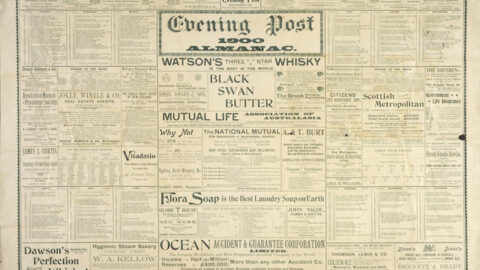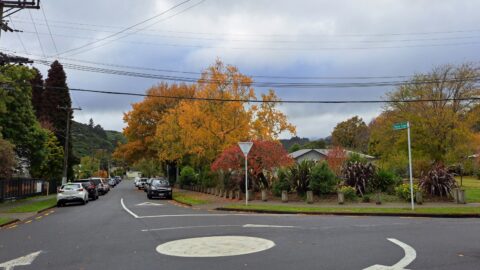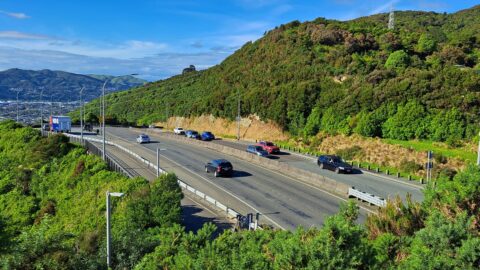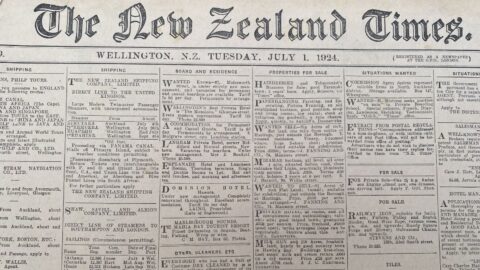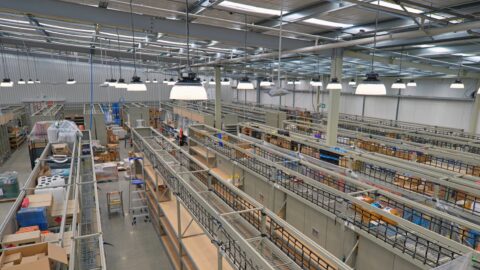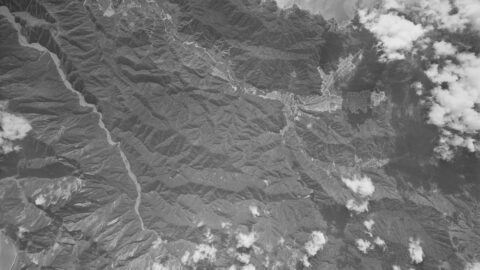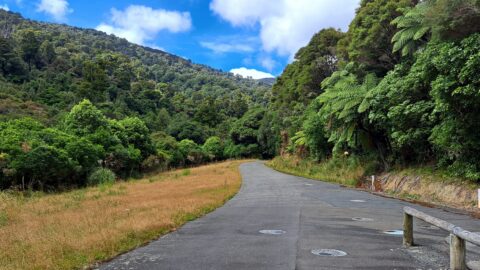The Wainui-o-mata Waterworks – Completion of the Long Tunnel
An important stage in the progress of the Wainui-o-mata Waterworks was reached this morning, when the boring of what is known as the “Long Tunnel” was completed. This is the tunnel which carried the pipes through the hill which separates the Wainui-o-mata Valley from Wellington Harbour. It was commenced nearly three years ago, and the progress has necessarily been slow from the fact that only four men could work at it at a time, namely, two at each end.
Part of the tunnel has had to be carried through very hard rock, and this has made the work more tedious than was ever contemplated originally. However, the men have been working night and day in eight-hour shifts ever since they started, and the patience and perseverance of those engaged was at length rewarded at 4 o’clock this morning, when the two working parties who had been boring away so industriously from each side of the hill met at the centre. So exact were the calculations that there was not an inch difference between the two sections of the tunnel. Considering that the latter is 37 chains, or nearly half a mile in length, this is a feat of which an engineer may justly feel proud.
The tunnel, in fact, is believed to be the longest in the North Island, the longest on the Rimutaka railway being only 30 chains in length. Its shape is that of a horseshoe, the height being 6ft, and the greatest transverse diameter 5ft 6in. It is lined partly with 9in brickwork, and partly with moulded concrete blocks. The lining is completed with the exception of five or six chains, which will very soon be finished. The tunnel has been carried out under the entire supervision of Mr Ward, the Assistant-Engineer, by whom the line and levels have been furnished.
The contractor is Mr W. F. Oakes, and the foreman of the works Mr Anderson, to whose care and skill is largely due the fact that not a single accident has occurred throughout the entire progress of the works. Dynamite has had to be freely used for blasting out the hard rock referred to, and it was found that after the boring had proceeded some 15 chains it was impossible to work in the confined space available without some special means of ventilating the tunnel. The process by which air is driven into subterranean works by means of falling water was adopted and found to be attended with entire success.
We have said that the completion of the tunnel is an important stage in the process of the waterworks. It is, in fact, the main factor on which the date of the completion of the waterworks has all along depended. Now that it has been practically completed, but little remains to be done before the pure stream of the Wainui-o-mata finds its way into the houses of the citizens of Wellington.
The mains have been laid from Wellington to the foot of the Wainui-o-mata hill, and from the other side of the hill to the reservoir. The only works of any importance now to be executed consist of the construction of the dam, tenders for which will be invited immediately, and the laying of about 50 chains of pipes up the incline and through the tunnel. It is hoped that this will be finished by about June next, and the new water supply then turned into the Wellington mains.
Tags: Newspaper Pipeline Waterworks
